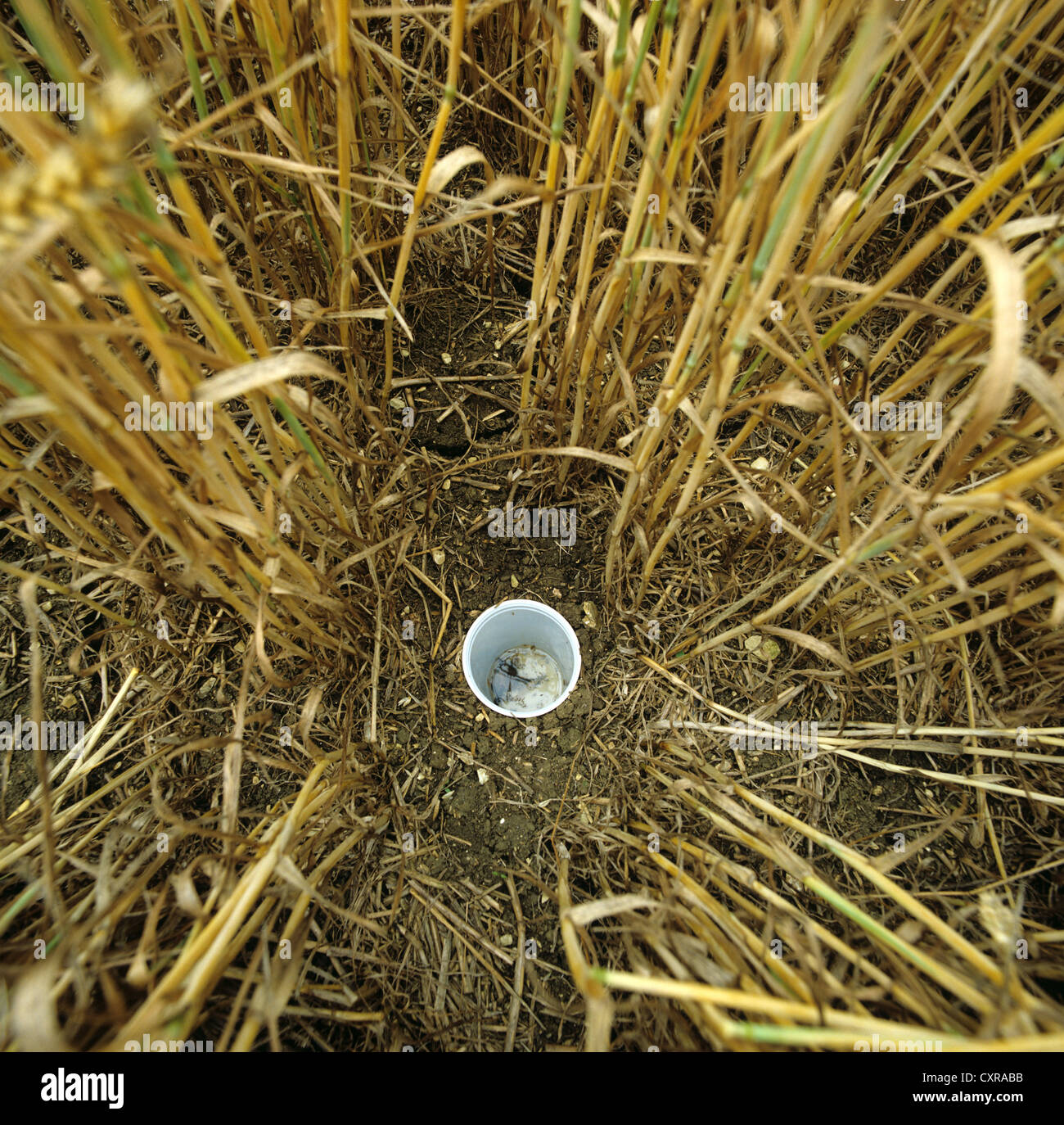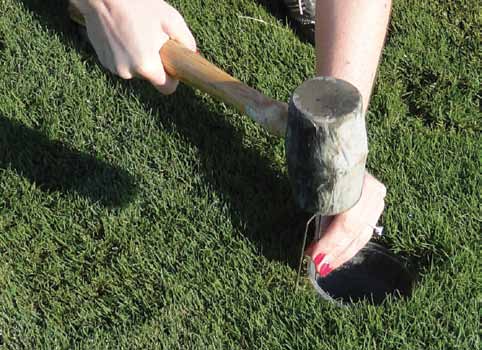


undulatus (Coleoptera: Dermestidae) on a human corpse in Southern Italy: first report. Agric Ecosyst Environ 74:357–372īonacci T, Vercillo V, Benecke M (2017) Dermestes frischii and D. Smithsonian Institution Scholarly Press, Washington D.C., pp 122–144īohac J (1999) Staphylinid beetles as bioindicators.

In: Majer JD, Alonso LE, Schultz TR, Agosti D (eds) Ants: standard methods for measuring and monitoring biodiversity. J Elisha Mitchell Sci Soc 46:259–266īestelmeyer BT, Agosti D, Alonso LE, Brandão CRF, Brown WL Jr, Delabie JHC, Silvestre R (2000) Field techniques for the study of ground-dwelling ants. J Econ Entomol 93:240–251īarber HS (1931) Traps for cave-inhabiting insects. CampinasĪrbogast RT, Kendra PE, Weaver DK, Subramanyam B (2000) Phenology and spatial pattern of Typhaea stercorea (Coleoptera: Mycetophagidae) infesting stored grain: estimation by pitfall trapping. Rev Bras Entomol 53:227–244Īnsaloni LS, Purgato NCS, Costa-Silva V, Thyssen PJ (2017) Avaliação da atratividade de dípteros (Arthropoda, Insecta) a iscas em diferentes estratégias para coleta em um fragmento de Mata Atlântica de São Paulo. Zool Anz 202:177–184Īlmeida LM, Mise KM (2009) Diagnosis and key of the main families and species of South American Coleoptera of forensic importance. Currently, an efficient and rapid sampling strategy in the field is of global interest to understand mechanisms that can contribute to the monitor changes in phenology, succession, and biodiversity.Īdis J (1979) Problems of interpreting arthropod sampling with pitfall traps. Furthermore, the collected material is better protected against adverse weather conditions and scavengers. The trap can remain in the field for months because of the durability of its material. Thus, the proposed trap allows easier operation since there is no need to transport water to replenish the traps after each transfer in addition, there is less volume and weight to be carried. The new design allows the transfer of the collected material to the lab by removing only that part of the trap where the insects have been captured the other part remains in its original place. We proposed an optimized pitfall trap design for terrestrial insect collection made from cheap and easily accessible materials. However, they present a few drawbacks: (i) the removal and transport of the collected material are not practical (ii) they have low resistance and durability (iii) they fail to correctly protect the attractive bait against adverse weather conditions and scavengers, and (iv) evaporation of the liquid used inside the trap. Pitfall traps are commonly used for the collection of terrestrial insects in ecology and biology studies they are relatively straightforward to manufacture and there is a large variety of models described in the literature.


 0 kommentar(er)
0 kommentar(er)
